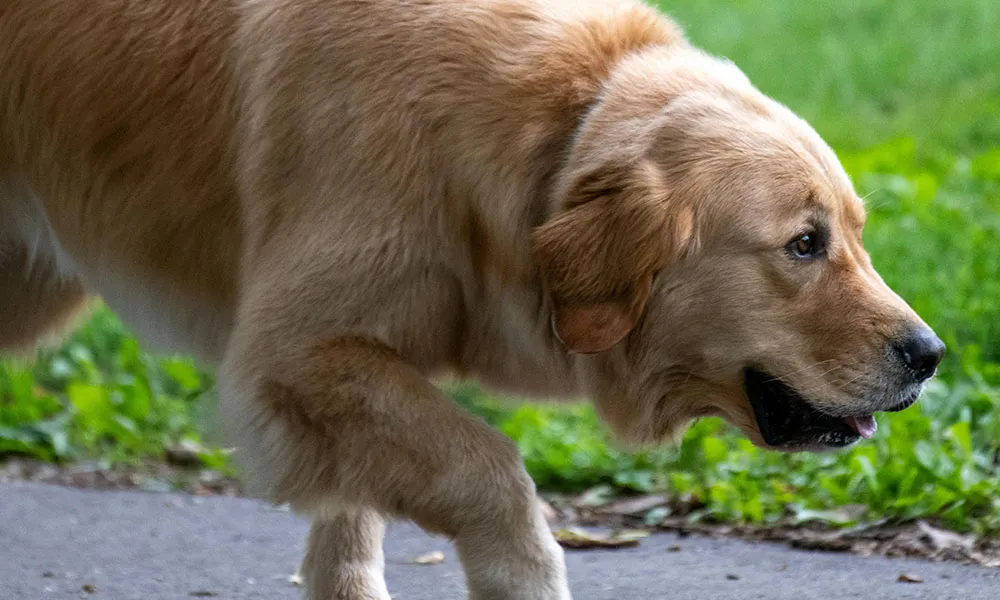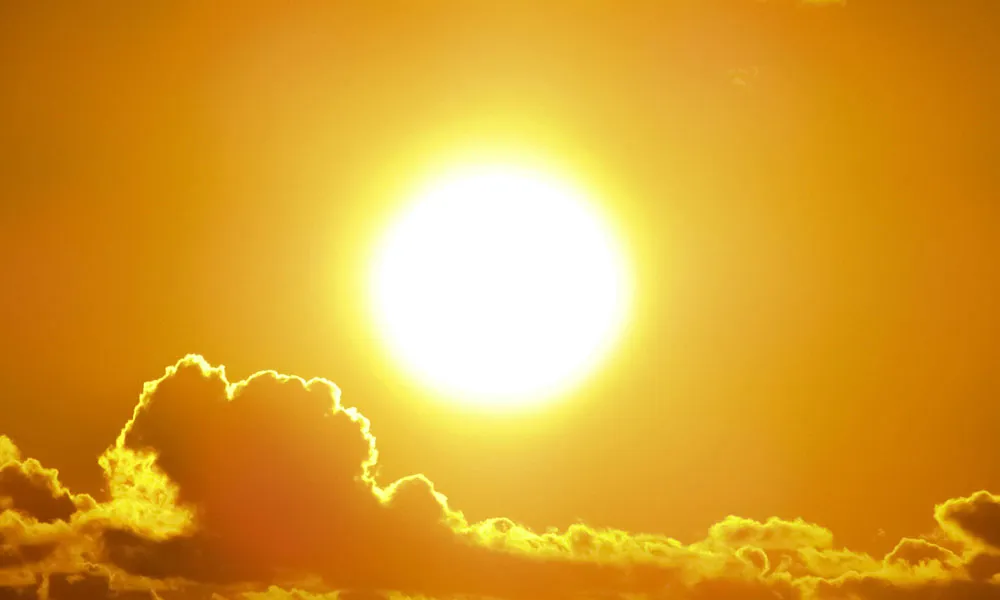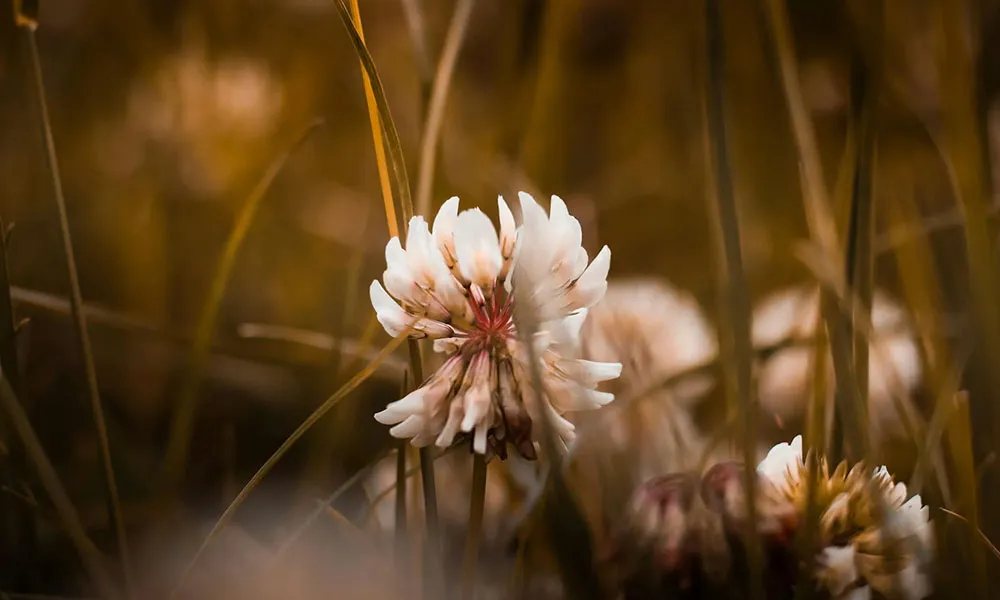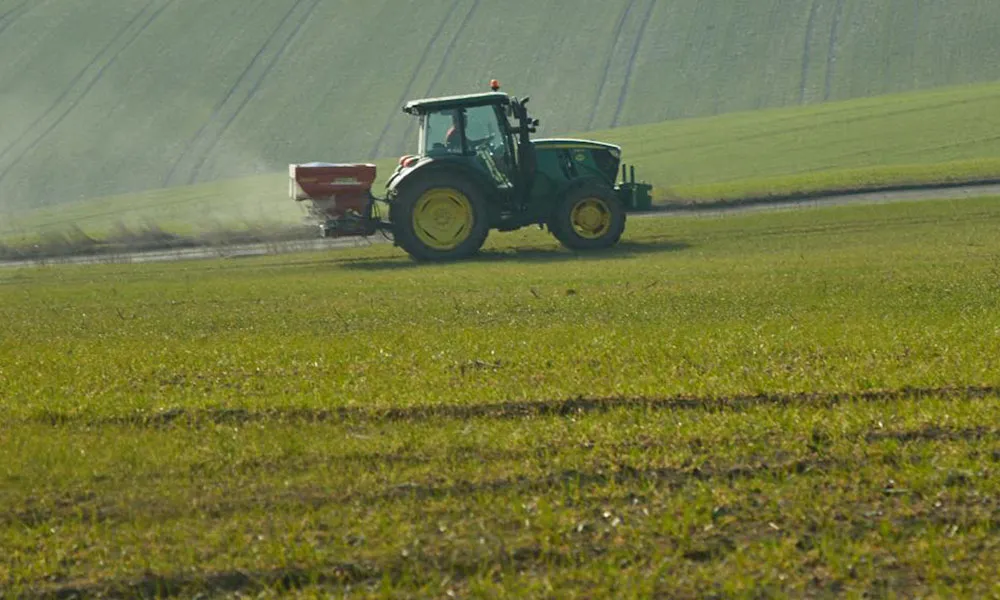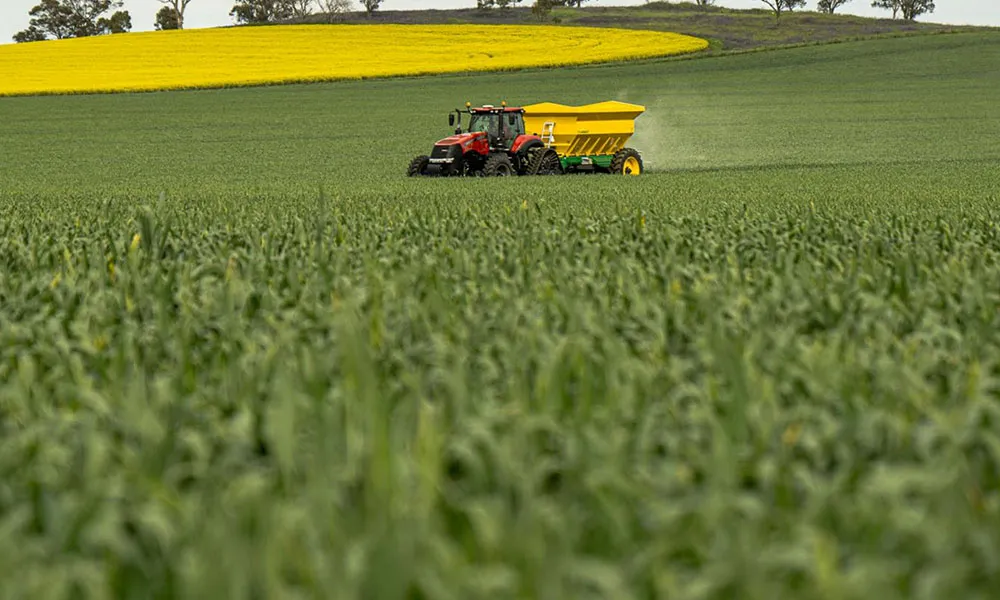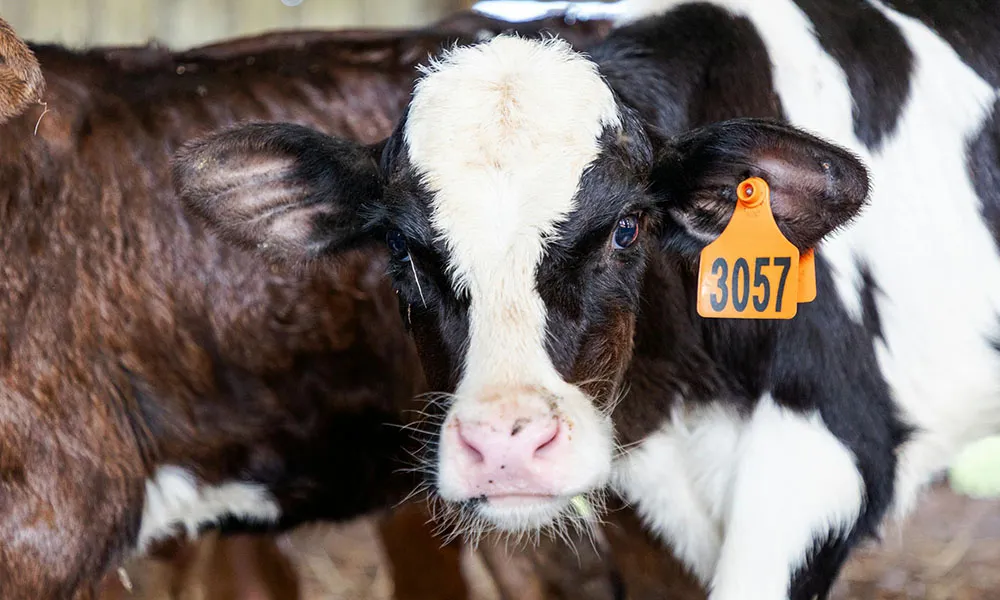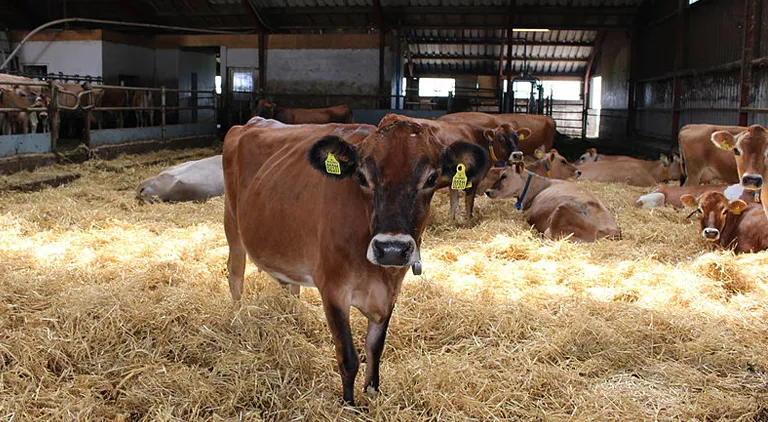
Climate change is wreaking havoc on our farming communities the past few years, particularly this year. A wet winter and spring followed by this drought, leaving fodder reserves at crisis point. This has now spread to bedding with problems looming for the coming winter. A video circulating on social media showing farmers queuing up to take pre-purchased bales straight from the back of a baler says it all! Yet despite the challenges we will have to provide animals and calves in particular with a ‘dry lie’ next winter. With straw at a premium it is worthwhile looking at viable alternatives to use, especially peat, slats for calves and rubber mats in calving pens.
Woodchip
Outdoor woodchip pads as standalone entities have gone out of favour in Ireland, mainly as a result of the weather extremes, the use of recycled or treated timber on pads being made illegal and logs trebling in price since 2007. There were also problems with drainage on parts of the pad where there was heavy animal traffic not to mention that the construction of woodchip pads requires planning permission. However there is scope to use woodchip for indoor bedding though again it is not a popular one in Ireland.
In the UK, they recommend initially placing 10 cm of woodchip and topping up as required which is generally every 7 to 10 days but this is very dependent on the diet. Woodchip, in general is a viable bedding alternative, animals stay clean and there is little dust. A 100m3 load weighing approximately 20 to 25 tonne will cost approximately €1,230 delivered including VAT.
In the UK some farmers filter the woodchip through a sieve so that it can be re-used in subsequent years. Coarse woodchip is preferred and it is better to secure a supply now as it is likely to be drier. It is recommended to compost spent woodchip for 2 or 3 years, as when it is spread directly on land, decomposition will consume soil nitrogen when breaking down. Where straw bedding is allowed to accumulate, woodchip can be used as a base layer to reduce straw usage and improve drainage.
Peat Bedding
Peat, when well dried, is a highly absorbent material which keeps livestock warm, clean and dry with minimal labour. As a bedding is cost effective, can last for months and can be immediately spread on the land after use, adding nutrients and conditioning your soil without depleting nitrogen levels the way wood chips do.
Peat is acidic so as bedding it inhibits the growth of pathogens and Sphagnum moss, a component of peat is a natural antiseptic. Gurteen Agricultural College use peat for bedding dry cows and weanlings and have found a deep layer works best. 76 cm (2.5 feet) is placed in the back of the pen and it slopes down to 25 cm (10 inches) near the slats where the animals feed, with a double slat used to prevent the peat spilling into the slatted tank. When the top layer becomes wet the whole lot is dug up, placed out into the yard, mixed up and put back in. 350 m3 (14 silage trailer loads) was used in the winter of 2017/2018 to bed 50 dry cows and 140 weanlings for 5 months.The experience of other farmers is that bedding with a 15 cm layer is simpler in that it can be topped up or cleaned out as required.
One negative of Peat is that calves can appear very dirty and it will be necessary to regularly clean off the top layer and cleaning out used peat moss is more labour demanding than straw. Bulk peat is more available in the midlands with an arctic load (93 m3 or 27 tonne) costing €1,581, including VAT delivered about 70 km. Further deliveries will add extra expense.
Another negative is that peat is not environmentally friendly and has to be extracted. It won’t be a viable option into the future, but in these desperate times it could be a saving grace for many. *It should be noted that Organic farmers are not allowed use peat in place of straw.
Rushes
Rushes are not as absorbent as straw and it is important that rushes are allowed to dry out for a few weeks after cutting. Drying will also help to break down the wax coating. They can be dusty and there is some evidence that lice can be a problem with old rushes that haven’t been cut for a few years. Rush bedding is readily broken down when spread back on land. Spreading this material on productive silage ground will reduce the risk of establishing a new stand of rushes. If you have your own rushes to save you are saving on the cost of straw and the cost of rush spray. Even if you are purchasing bales, at current prices of about €8 per bale the use of rushes as bedding is very viable.
Wood shavings or sawdust
Sawdust has worked well for cattle bedding around Europe. Sawdust can be dusty (though the Vink Sawdust Spreader is designed to reduce the effects while spreading) and is not suitable for calves unless cleaned out and replaced regularly, as calves may tend to eat sawdust and shavings. It can be spread directly as an excellent fertiliser.
Miscanthus
Miscanthus is clean, dust free and excellent bedding. Unfortunately it is generally not available and like straw it is also not available to import. Paper commands a price of €160 per tonne for recycling and is generally not available for bedding. However with markets for Miscanthus limited at the moment some farmers may be convinced to sell off their crop for bedding.
Calf slats
Plastic or timber Calf slats are ideal for keeping calves clean and dry. It is important that the fall in the floor is adequate to drain away urine to avoid problems with ammonia gas. Good ventilation and regular cleaning are critical with this system as calves reared on slats are also more prone to draughts.
Calf Jackets
Calf jackets can be used to keep calves warm for the first 3 weeks of life, especially to protect from draughts when on slats and Cost between €25 and €35 per jacket and can be found here. This is not expensive compared to using one round bale of straw to rear a calf. Each jacket could rear about 3 calves per year. However it is necessary to separate the calf from its faeces and urine so slats are the preferred complimentary housing option. Calf jackets need to be washable.
Rubber Mats
The mat must be soft and have sufficient grip especially for the calf that is learning to stand. Having the ability to wash out and collect the waste from the calving area is important when using mats. A number of companies make mats specifically for this purpose, including JFC. This option will be attractive on a cost basis versus straw.
Some farmers use a roofed holding yard or empty silage pit for calving and may consider using pre-cast cubicles with an appropriate mat in this type of group calving area. If you have any further queries on your options or how to purchase Jackets, slats or rubber mats feel free to contact the Agridirect team on 049 9527944
Much of the information is taken from the Teagasc “Alternatives to Straw” factsheet.
RGA




